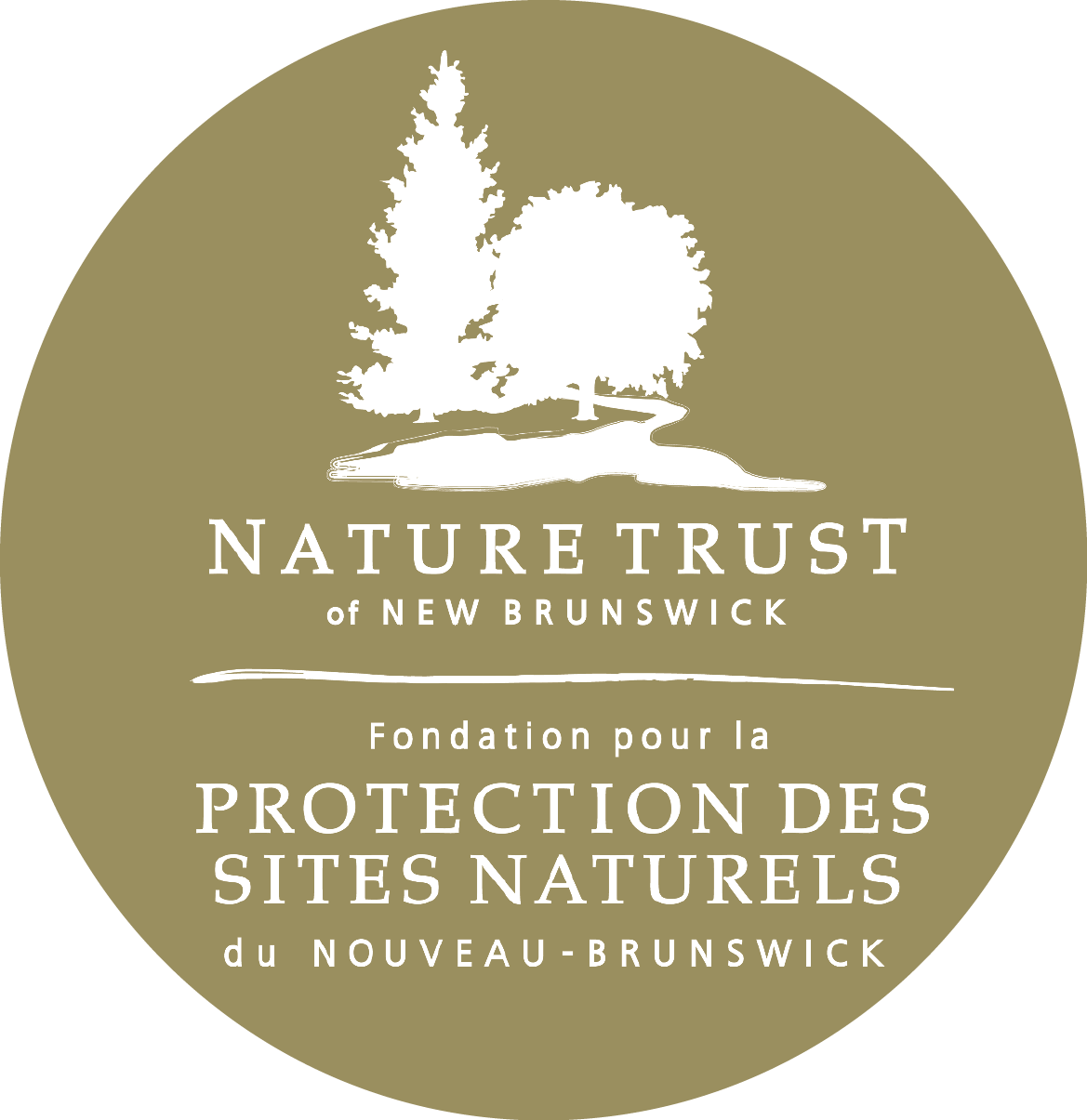Who cooks for you?
Who cooks for you ?
Written by Rose Myatt, Communications Coordinator
Who cooks for you? Who cooks for you allllll!
If you hear this in the woods one evening– don’t fret, no one is trying to sneak into your family dinner or insinuate things about your diet. In fact, it is quite the opposite.
The barred owl’s vocal repertoire is nothing short of remarkable. Its hooting “ who cooks for you” song, recognizable by this eight-to-nine-note call carries quite far in the woods and is *fairly* easy to imitate. Right now is the time to hear their characteristic calls, as it is peak courtship season! Courtship calls between males and females happen in late winter / early spring until they settle in their nests near the mid April, to then start a distinct, raucous, caterwauling duet 'hoo-hoo, hoo-WAAAHH' to showcase their bond. The males will keep calling his cooks, however, as a precautionary measure to ensure no one comes by his territory and too close to his mate and eggs!
Barred owl in the Saskokatokuk Nature Preserve by Thomas Rousseau
Barred owls (Strix viria) are part of the Strix genus, meaning they are recognizable by their round head and lack of ear tufts. With a fairly large stature, these gray-brown woodland owls can reach up to 50 cm in length and weigh up to 1000g (about 2.2 lbs), with the females typically weighing up to a third larger than their male counterparts.
That said, these vocal owls can be tricky to spot when not singing or calling! They sit quite motionless in trees next to their trunks, their horizontally barred breast and vertically streaked chest perfectly camouflaging them within the tree’s foliage. Barred owls are known for being especially adept hunters— their rotating and large facial disks allowing their massive black eyes and hidden ears to accurately locate noise and movement, paired with their effortlessly silent flight, makes for a perfectly lethal combo.
You might then wonder, do these gorgeous birds have natural predators? Surprisingly, yes. The larger, great horned owl (Bubo virginianus), is their most likely avian predator and will compete with and displace barred owls out of prime habitat. Chicks and eggs are also at risk of predation by great horned owls and climbing predatory mammals such as members of the weasel family and raccoons.
Your best bet to spotting one of these endemic birds of prey?
Locate their potential habitat. Strict residents of forested areas, these birds prefer unfragmented, mature, old-growth forests, and have been highlighted as indicators of these important habitat types. (See below for some tips on prime Nature Trust nature preserves for barrel owl habitat!) Much like other owl species, barred owls are cavity nesters, finding their perfect cavity in the largest, tallest, (often) deciduous tree in their territory.
As nocturnal/crepuscular generalist hunters, they are active from dusk till dawn, catching anything and everything mammalian, reptilian and amphibian capable of fitting in their eight razor-sharp, two-inch long black-tipped talons. Luckily, as humans, we don’t fit into the former category, so you don’t have to worry too much about getting randomly dive-bombed at night.
A word of caution, however: While barred owls aren’t normally aggressive toward humans, breeding and nesting season affect their behavior, as males become quite territorial. Like all wildlife, it’s best to enjoy them from afar, or through the lens of a camera!
So, you’ve made it to an old-growth stand, located some good cavities, and are patiently waiting till dusk. Now what? You can give your owl call a shot! We suggest practising alone or with a good friend the first few times, as you don’t want to accidentally spook or offend anyone with some mispronunciation.
Also - don’t forget to look at the ground! Owl pellets are an excellent hint that there are owls hunting nearby. Barred owl pellets are typically 2.5” long and 1” wide, and can contain rodent and bird bones, fur, and other parts of the animal they aren’t able to digest.
Now that you are equipped with all this barred owl knowledge, time to go look for your perfect location. Luckily, as protectors of important forest stands, we have quite the selection of nature preserves throughout the province hosting suitable owl habitat, such as Mapleton Acadian Forest Nature Preserve, and Noremac Nature Preserve. In fact, the barred owl in the header photo was spotted at our Saskokatokuk Nature Preserve by Thomas Rousseau, who beautifully photographed this wise creature, aided by an infrared lens to spot them at night!
If you are still looking for a little more incentive to go birding this spring, May 11 is the Global Big Day, an annual celebration of birds which also falls on World Migratory Bird Day. Participating is easy— it takes 5-10 minutes and you can do it from home! Just log your bird observations of that day on eBird online or with the free eBird Mobile app, and contribute to citizen science helping to better understand global bird populations!
We’d love to hear about your bird sightings and barred owl stories!
Feel free to get in touch with our communications team to share.



